In a small urban park in northern Taiwan, more than 4,000 names are etched into a granite wall — most of them British and US servicemen held by the Japanese during World War II.
The somber memorial sits on the site of Kinkaseki, a brutal prisoner of war (PoW) camp near Taipei and one of more than a dozen run by Japan in the country it ruled from 1895 until its defeat in 1945.
For decades, little was known of the PoW camps, said Michael Hurst, a Canadian amateur military historian in Taipei, who has spent years researching them.
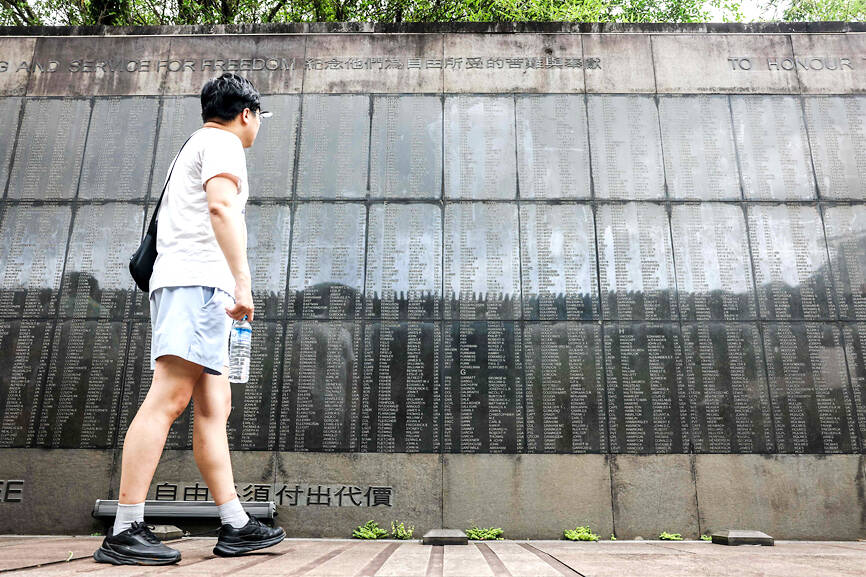
Photo: I-hwa Cheng, AFP
Many survivors had refused to talk about their experiences, while PoWs held elsewhere in Asia had been unaware of “the horrors” in Taiwan, and museums and academics had glossed over them, Hurst said.
After learning of Kinkaseki in 1996, Hurst spearheaded efforts to locate other camps in Taiwan, build memorials for the veterans, and raise public awareness about their bravery and suffering.
Starting in 1942, more than 4,300 Allied servicemen captured on battlefields across Southeast Asia were sent to Taiwan in Japanese “hell ships.”
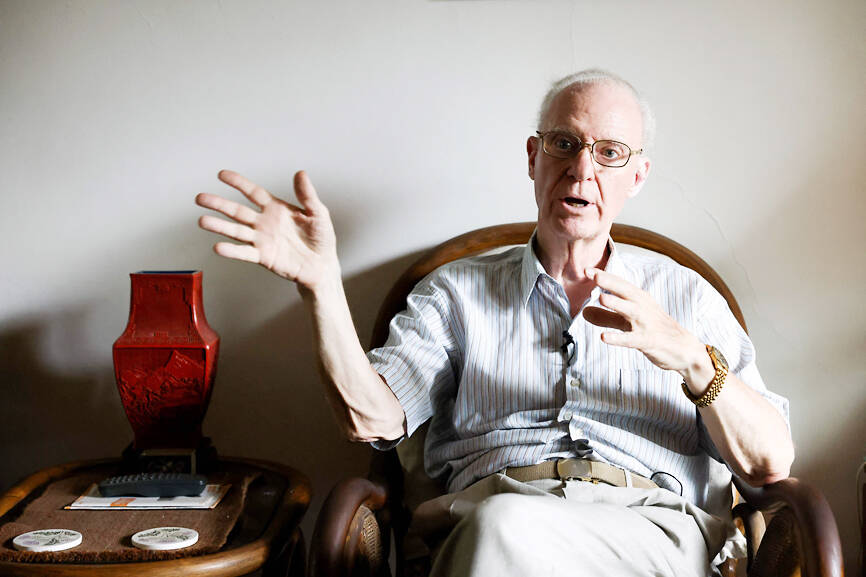
Photo: I-hwa Cheng, AFP
Most of the PoWs were British or American, but Australian, Dutch, Canadian and some New Zealand servicemen were also among them.
By the time the war ended, 430 men had died from malnutrition, disease, overwork and torture.
The harsh conditions of Taiwan’s camps were long overshadowed by Japan’s notorious “Death Railway” between Myanmar and Thailand, Hurst said.
More than 60,000 Allied PoWs worked as slave laborers on the line, with about 13,000 dying during construction, along with up to 100,000 civilians, mostly forced labor from the region.
Their experiences were later captured in the 1950s war movie The Bridge on the River Kwai.
However, as stories of Kinkaseki slowly emerged, it became “known as one of the worst PoW camps in all of Asia,” Hurst said.
Canadian filmmaker Anne Wheeler’s physician father was among the more than 1,100 prisoners of war held in Kinkaseki.
Wheeler said she and her three older brothers “grew up knowing nothing” about their father’s ordeal in the camp, where the men were forced to toil in a copper mine.
After her father’s death in 1963, Wheeler discovered his diaries recording his experience as a doctor during the war, including Taiwan, and turned them into a documentary.
A War Story recounts Ben Wheeler’s harrowing journey from Japan-occupied Singapore to Taiwan in 1942.
By the time her father arrived in Kinkaseki, Wheeler said the men there “were already starving and being overworked and were having a lot of mining injuries.”
They were also falling ill with “beriberi, malaria, dysentery, and the death count was going up quickly,” Wheeler, 78, said.
Trained in tropical medicine, the doctor had to be “inventive” with the rudimentary resources at hand to treat his fellow PoWs, who affectionately called him “the man sent from God,” she said.
Inflamed appendices and tonsils had to be removed without anesthesia using a razor blade because “that was all he had,” she said.
Taiwan was a key staging ground for Japan’s operations during the war. Many Taiwanese fought for Japan, while people there endured deadly US aerial bombings and food shortages.
Eighty years after Japan’s surrender, the former PoWs held in Taiwan are all dead and little physical evidence remains of the camps.
At 77, Hurst is still trying to keep their stories alive through the Taiwan PoW Camps Memorial Society and private tours.
His book Never Forgotten is based on interviews with more than 500 veterans, diaries kept by PoWs and correspondence.
A gate post and section of wall are all that remain of Kinkaseki, set in a residential neighborhood of Jinguashih, surrounded by lush, rolling hills.
A Taiwanese woman taking a tour with Hurst said she had “never” studied this part of World War II history at school.
“It’s very important because it’s one of Taiwan’s stories,” the 40-year-old said.
Hurst said he still receives several e-mails a week from families of PoWs wanting to know what happened to their loved ones in Taiwan.
“For all these years, maybe 50 years, they just kept it to themselves,” Hurst said.
“They knew what they’d suffered, and they knew that nobody else knew,” he added.
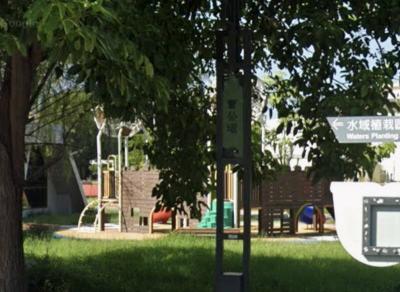
A 72-year-old man in Kaohsiung was sentenced to 40 days in jail after he was found having sex with a 67-year-old woman under a slide in a public park on Sunday afternoon. At 3pm on Sunday, a mother surnamed Liang (梁) was with her child at a neighborhood park when they found the man, surnamed Tsai (蔡), and woman, surnamed Huang (黃), underneath the slide. Liang took her child away from the scene, took photographs of the two and called the police, who arrived and arrested the couple. During questioning, Tsai told police that he had met Huang that day and offered to
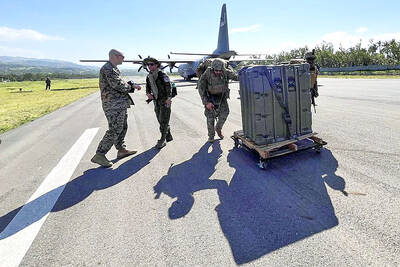
LOOKING NORTH: The base would enhance the military’s awareness of activities in the Bashi Channel, which China Coast Guard ships have been frequenting, an expert said The Philippine Navy on Thursday last week inaugurated a forward operating base in the country’s northern most province of Batanes, which at 185km from Taiwan would be strategically important in a military conflict in the Taiwan Strait. The Philippine Daily Inquirer quoted Northern Luzon Command Commander Lieutenant General Fernyl Buca as saying that the base in Mahatao would bolster the country’s northern defenses and response capabilities. The base is also a response to the “irregular presence this month of armed” of China Coast Guard vessels frequenting the Bashi Channel in the Luzon Strait just south of Taiwan, the paper reported, citing a

A total lunar eclipse, an astronomical event often referred to as a “blood moon,” would be visible to sky watchers in Taiwan starting just before midnight on Sunday night, the Taipei Astronomical Museum said. The phenomenon is also called “blood moon” due to the reddish-orange hue it takes on as the Earth passes directly between the sun and the moon, completely blocking direct sunlight from reaching the lunar surface. The only light is refracted by the Earth’s atmosphere, and its red wavelengths are bent toward the moon, illuminating it in a dramatic crimson light. Describing the event as the most important astronomical phenomenon
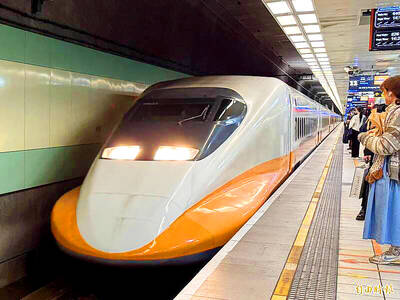
BETTER SERVICE QUALITY: From Nov. 10, tickets with reserved seats would only be valid for the date, train and route specified on the ticket, THSRC said Starting on Nov. 10, high-speed rail passengers with reserved seats would be required to exchange their tickets to board an earlier train. Passengers with reserved seats on a specific train are currently allowed to board earlier trains on the same day and sit in non-reserved cars, but as this is happening increasingly often, and affecting quality of travel and ticket sales, Taiwan High-Speed Rail Corp (THSRC) announced that it would be canceling the policy on Nov. 10. It is one of several new measures launched by THSRC chairman Shih Che (史哲) to improve the quality of service, it said. The company also said